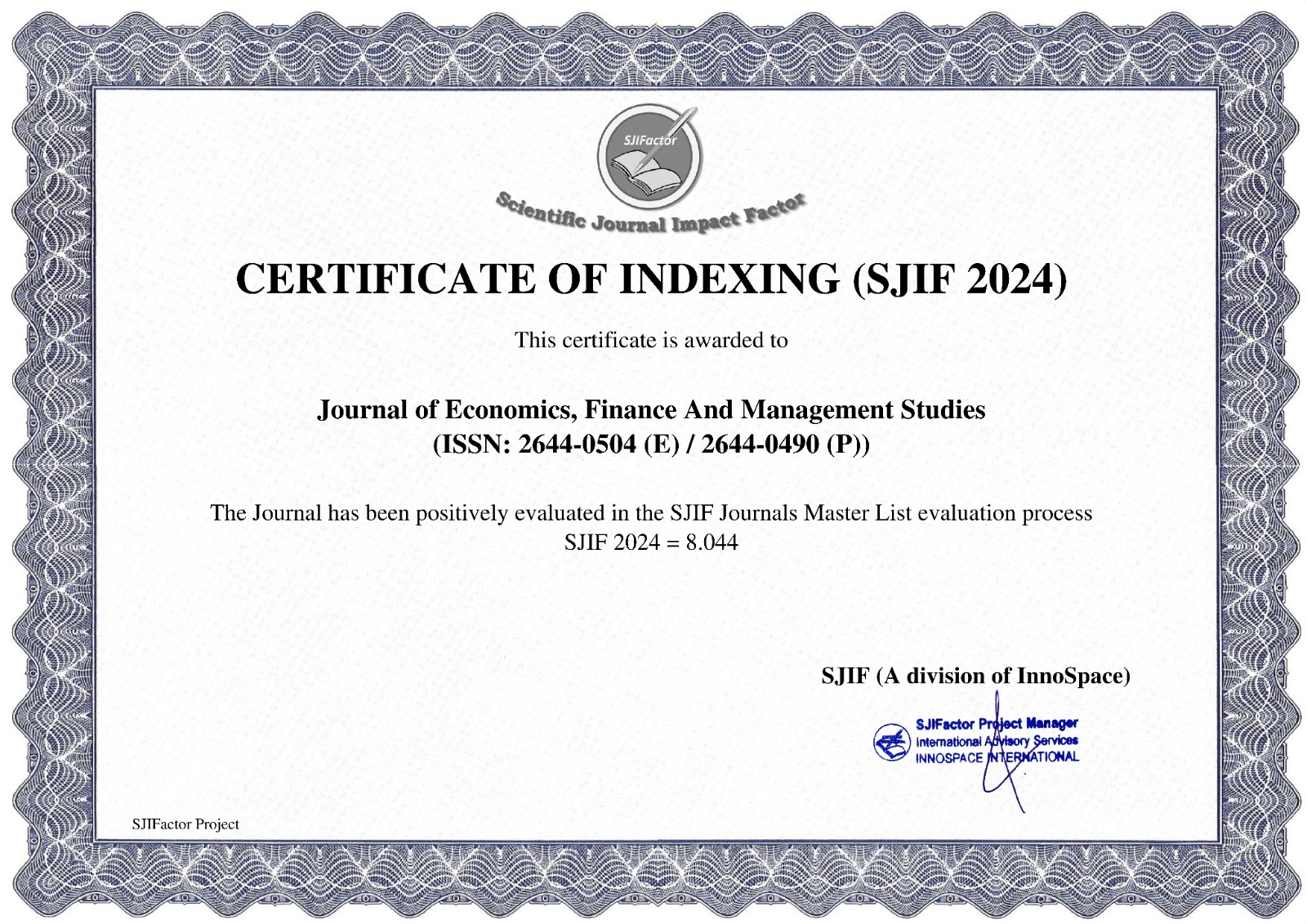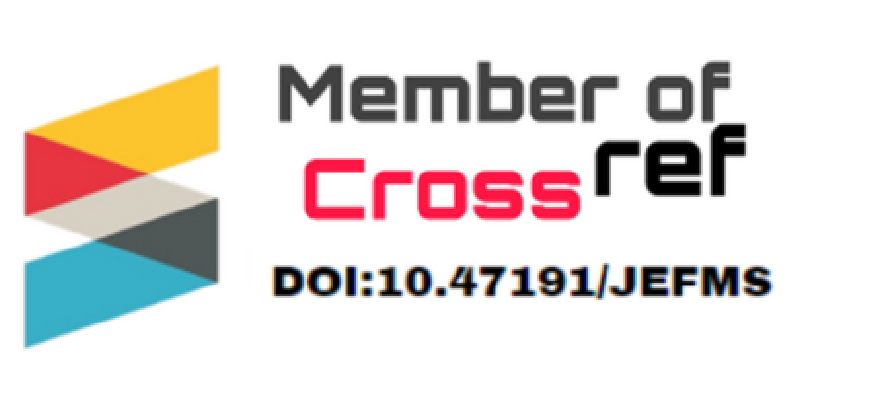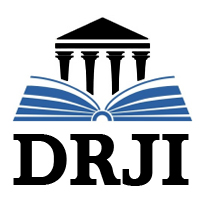Resilience, a Relevant Strategy for the Recovery of Tourist Destinations
1Younes TANANI,2Aziz SAIR
1Doctoral researcher in economics and management sciences, Research Laboratory on Tourism Studies
2Professor of Higher Education at the ENCG of Agadir, Research Laboratory on Tourism Studies
https://doi.org/10.47191/jefms/v4-i8-15ABSTRACT:
The resilience of tourist destinations is nowadays an essential means for a successful and efficient management of all sectors. In Morocco, the tourism sector, whose revenues are ranked third nationally, should be strengthened and immunized against all risks and contingencies (Covid-19 as an example) that can slow down or hinder its growth and constitute a locomotive of socio-economic development.
This paper is a review of the theoretical literature on the resilience of tourist destinations. The study focuses on twenty or so articles that have been subjected to a rigorous textual analysis. And finally, it can be concluded that the latter revealed that resilience is determined mainly by two parameters, risk management and vulnerability.
Keywords:
Resilience, a tourist destination, Socio-economic development, Risk management, Vulnerability.
REFERENCES:
1) Direction des études et des prévisions financières DEPS/SAT - Secteur du tourisme - Bilan d'étape et analyse prospective.
Page 3.
2) Thanh Tan Vo (2006) " Le temps des risques Une démarche de marketing d'une destination touristique face au nouveau
contexte touristique mondial ", La Revue des Sciences de Gestion, vol. 6, n° 222.
3) Meriem IGASS - Le Maroc, une destination privilégiée du tourisme médical
4) Biggs D., Hall C-M &Stoeckl N. (2012) " The resilience of formal and informal tourism enterprises to disasters : reef tourism
in Phuket ", Journal of Sustainable Tourism, vol. 20, nº 5 : 645-665.
5) Hall et al. (2018 : 54-57).
6) Risques, résilience et pérennité des destinations touristiques : une introduction - Larbi SAFAA, Marie Delaplace, Boualem
Kadri.
7) Beck, U. (2001). La société du risque. Sur la voie d'une autre modernité, Paris, Aubier.
8) Butler, R. (1980) "The Concept of a Tourist area Cycle of Evolution : Implications for Management of Resources", The
Canadian Geographer, no 24, vol 1, p. 5-12.
9) Althaus, C.E. (2005). Une perspective disciplinaire sur le statut épistémologique du risque. Risk Analysis, 25(3), 567-588.
10) Baird, I.S. et Thomas, H. (1985). Toward a contingency model of strategic risk taking. Academy of Management Review,
10(2), 230-243.
11) Becerra, S. (2012). Vulnérabilité, risques et environnement : l'itinéraire chaotique d'un paradigme sociologique
contemporain. VertigO-la revue électronique en sciences de l'environnement, 12(1). Récu- péré le 29 mai 2012 du site :
http://vertigo.revues.org/11988.
12) Boussaguet, S., De Freyman, J., Bah, T. et Fromenty, E. (2016). La cession externe, un risque pour la santé du dirigeant de
PME. Revue internationale PME, 29(3-4), 161-191.
13) Brockhaus, R.H. (1980). La propension à prendre des risques des entrepreneurs. Academy of Management Journal, 23(3),
457-460.
14) Brustbauer, J. (2016). La gestion des risques de l'entreprise dans les PME : vers un modèle structurel.
15) International Small Business Journal, 34(1), 70-85.
16) Burkhardt, K. (2016). Difficultés et risques des coopérations interPME : les solutions apportées par les sociétés de capital
investissement. Revue internationale PME, 29(3-4), 73-107.
17) Burnard, K. et Bhamra, R. (2011). Organisational resilience : development of a conceptual fra- mework for organisational
responses. International Journal of Production Research, 49(18), 5581-5599.
18) Burt, R.S. (1992). Structural holes : the social structure of competition. Cambridge, Massachusetts, Harvard University
Press.
19) Busenitz, L.W. (1999). Entrepreneurial risk and strategic decision making : it's a matter of perspec- tive. The Journal of
Applied Behavioral Science, 35(3), 325-340.
20) Caggese, A. (2012). Risque entrepreneurial, investissement et innovation. Journal of Financial Economics, 106(2), 287-
307.
21) Carpentier, C. et Suret, J.-M. (2011). Le coût du capital entrepreneurial. Revue internationale PME, 24(3-4), 103-136.
22) Corvellec, H. et Boholm, A. (2009). The risk/no-risk rhetoric of environmental impact assessments (EIA) : the case of
offshore wind farms in Sweden. Local Environment, 13(7), 627- 640.
23) Dickson, P.R. et Giglierano, J.J. (1986). Missing the boat and sinking the boat : a conceptual model of entrepreneurial risk.
Journal of Marketing, 50(3), 58-70.
24) Dominguez, N. (2016). Les stratégies tête-de-pont : un outil efficace de gestion des risques et d'accélé- ration du
développement international des PME ? Revue internationale PME, 29(3- 4), 109-134.
25) Gao, S.S., Sung, M.C. et Zhang, J. (2013). Le renforcement des capacités de gestion des risques dans les PME : une
perspective de capital social. International Small Business Journal, 31(6), 677-700.
26) Gibb, A.A. (1997). Formation et compétitivité des petites entreprises. Building upon the small business as a learning
organisation. International Small Business Journal, 15(3), 13-29.
27) Huggins, R. et Johnston, A. (2009). Knowledge networks in an uncompetitive region : SME innova- tion and growth.
Growth and Change, 40(2), 227-259.
28) Islam, A. et Tedford, D. (2012). Déterminants du risque des petites et moyennes entreprises manufacturières (PME) - Une
étude exploratoire en Nouvelle-Zélande. Journal of Industrial Engineering International, 8(1), 1-13.
29) Sheaffer, Z. & Mano-Negrin, R., (2003). " Les orientations des dirigeants comme indicateurs des politiques et pratiques
de gestion de crise ". Journal of Management Studies, 40(2), p.573-606. Shrivastava, P., (1993). " Théorie/pratique des
crises : vers un avenir durable ". Industrial and Environmental Crisis Quarterly, 7(1), p.23-42.
30) Shrivastava, P., (1994). " L'évolution de la recherche sur les crises technologiques aux États-Unis ". Journal of
Contingencies and Crisis Management, 2(1), p.10-19.
















